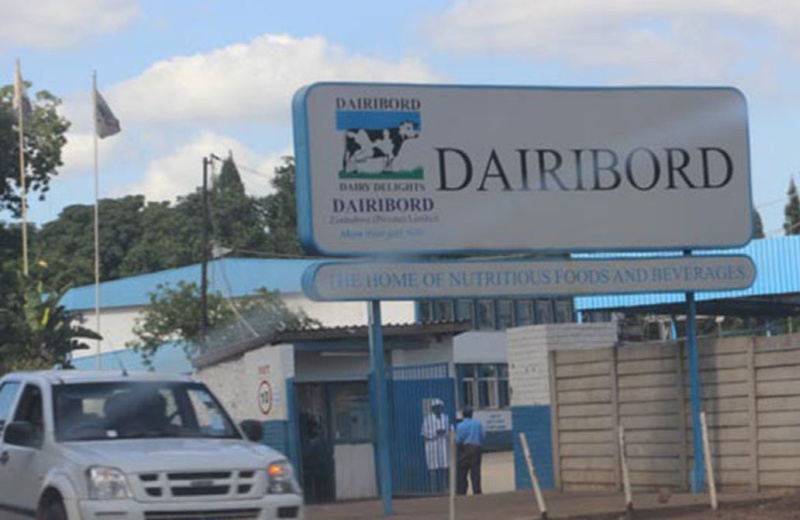Dairibord forex sales volumes jump 186pc
Dairibord Holdings limited, Zimbabwe’s biggest dairy processor, says its volumes sold in foreign currency grew by 186 percent in the first quarter to March 31, 2022, driven by measures the company undertook to enhance foreign currency generation.
The Zimbabwe Stock Exchange listed company said this saw foreign currency acquired volumes account for 40 percent of the firm’s total volume for the period under review, up from 17 percent recorded over the same period in 2021.
Out of Dairibord’s 40 percent sales volumes sold in foreign currency, 32 percent were realised from domestic sales, up from 13 percent in 2021 while exports contributed eight percent.
The out-turn during the quarter to March drove Dairibord’s overall foreign currency revenues to improve by 182 percent.
“The business maintained the focus on foreign currency generation to improve the capacity to procure raw and packaging materials. Resultantly, volumes sold in foreign currency grew 186 percent,” said Dairibord in its quarterly trading update to March 2022.
In the period under review, Dairibord’s total sales volumes grew to 23 million litres which were 17 percent ahead of 2021 volumes while foods and beverages uptake improved by 29 and 31 percent respectively.
Volumes of raw milk used by processors surged to close the quarter 33 percent above the prior comparable period.
However, liquid milk sales declined by four percent due to plant renewal on the firm’s UHT line.
Overall, Dairibord’s revenue for the quarter grew by 129 percent to $3,9 billion compared to the same period last year, which is attributable to decent pricing and volume performance while operating profit grew by 48 percent compared to the prior year.
Dairibord said operating margins remained under pressure due to high input costs of both domestic and foreign supplies.
The listed milk processor however, said poor rainfall witnessed during the 2021/22 summer cropping season coupled with mounting inflationary pressures were likely to have a negative impact on the performance of industry and economic growth.
“During the quarter, the operating environment was marred by rising inflation, which was a product of imported inflation, exacerbated by the Russia–Ukraine war. Farmers were not spared from the inflationary impacts of increasing costs of fertiliser, fuel, and other inputs.
“The lower than expected rains in the 2021/2022 agricultural season has curtailed the economic prospects and projections for the industry in 2022,” said Dairibord.
According to Agritex, most areas received below normal rainfall compared with the longterm average and farmers are likely to lose the bulk of their crops leading to a belowaverage national production which would likely force the country to import more cereals and grain.
This sustained rise in inflation since the beginning of the year is likely to impede the central bank and Government’s forecast to reduce inflation levels to about 20 percent by the end of 2022, a position that has a strong bearing on the country’s economic growth.
The International Monetary Fund (IMF) has projected Zimbabwe’s economy to grow by 3,5 percent in 2022, down from 6,3 percent recorded in 2021 while the Reserve Bank of Zimbabwe (RBZ) and Government have pegged the 2022 growth estimate at 5,5 percent.-The Herald











